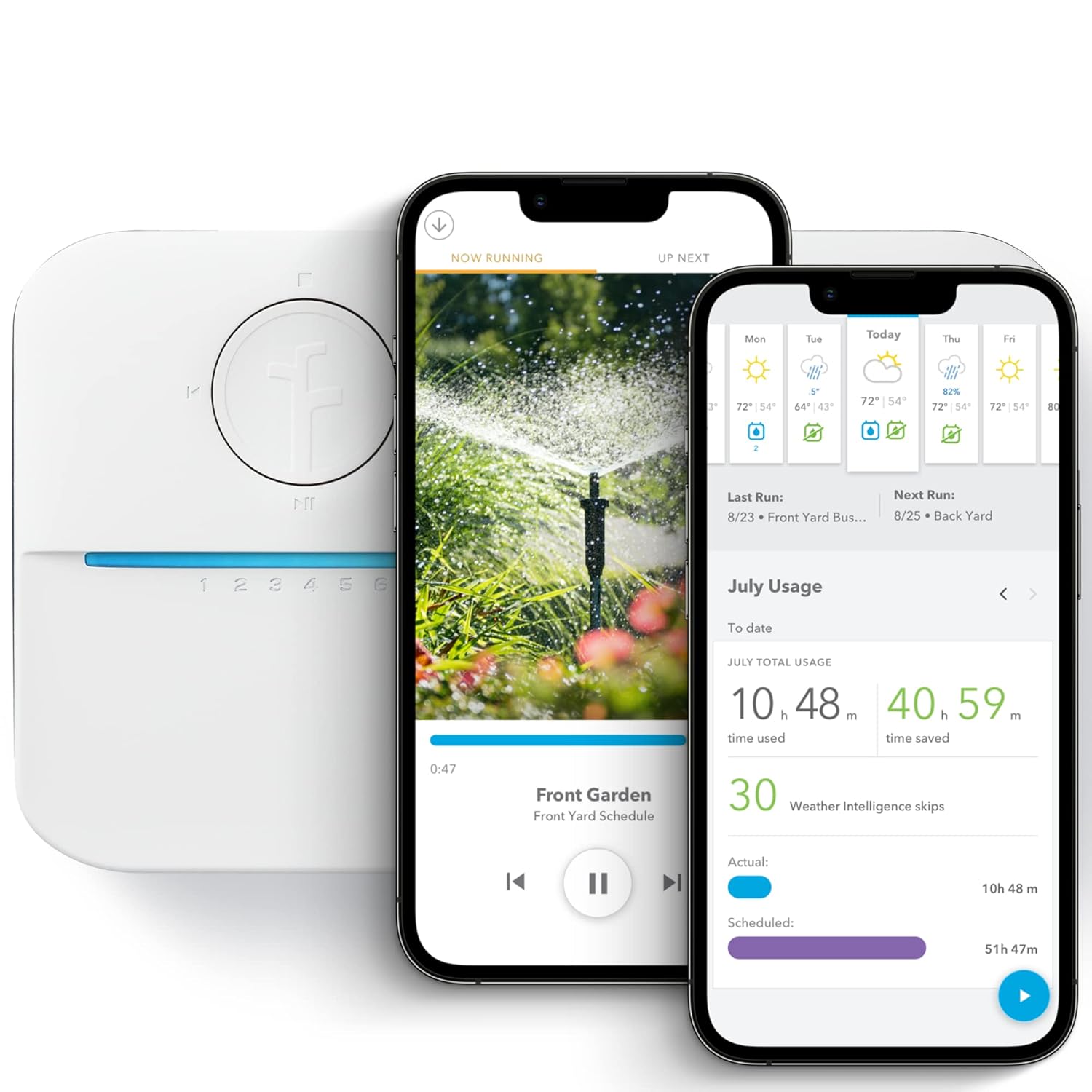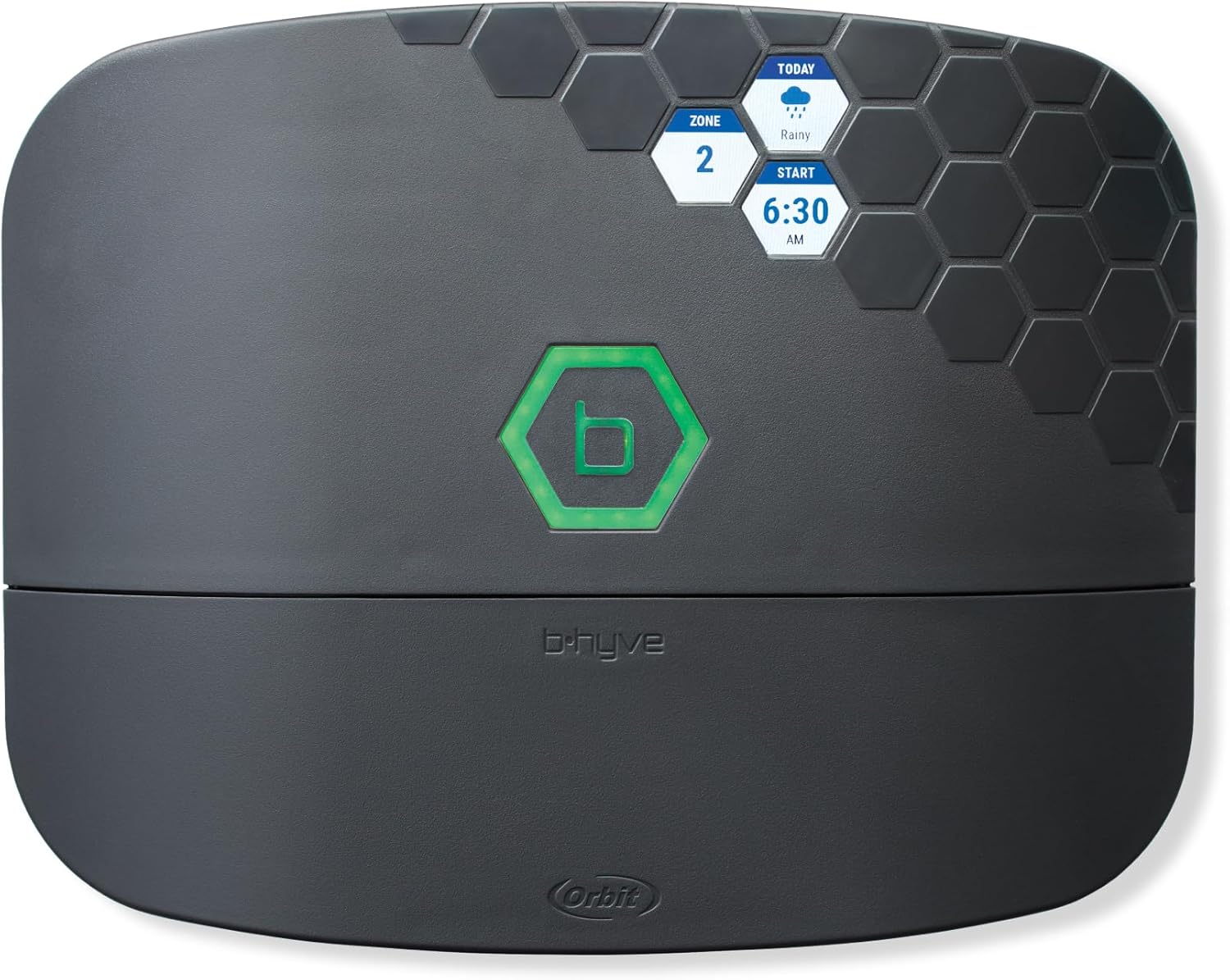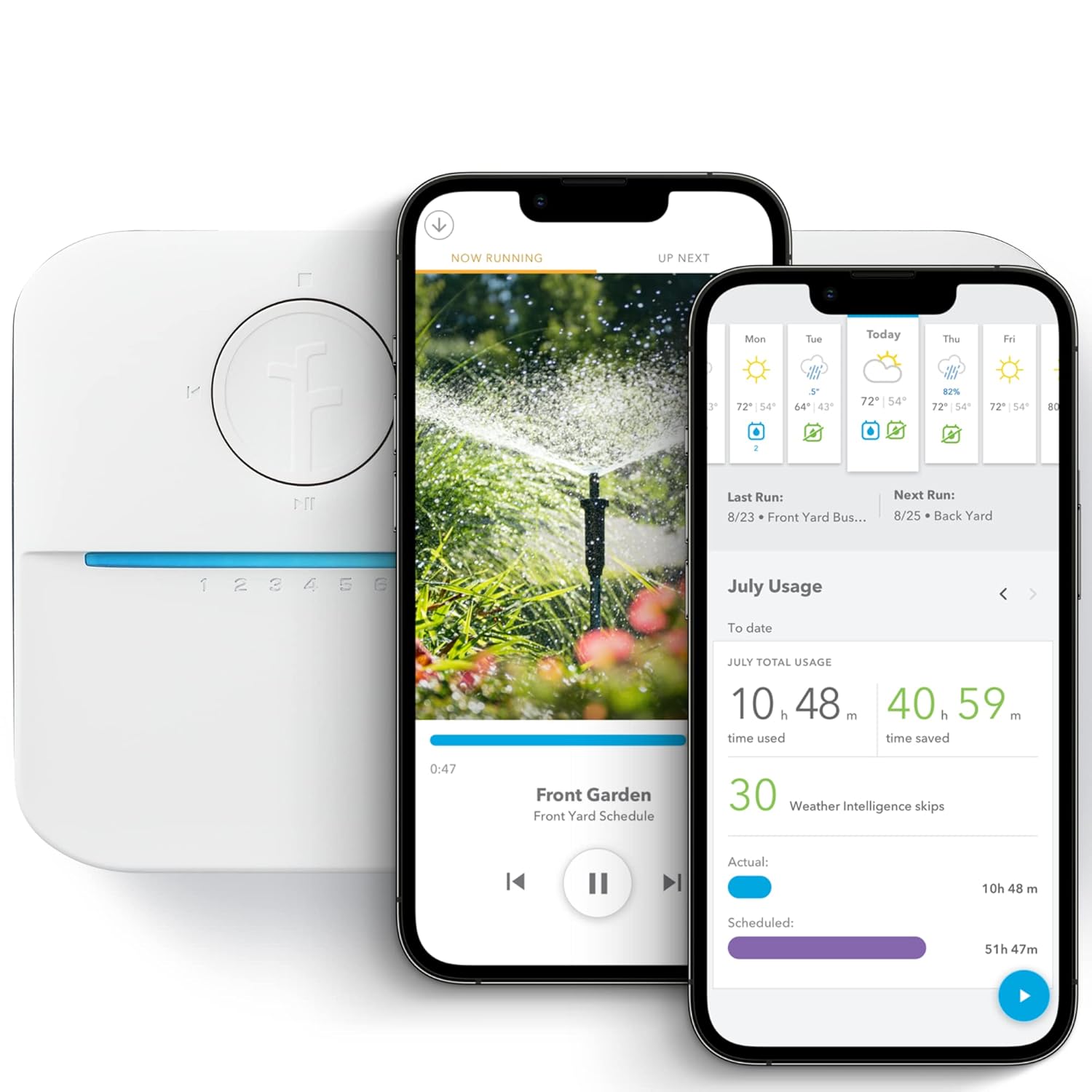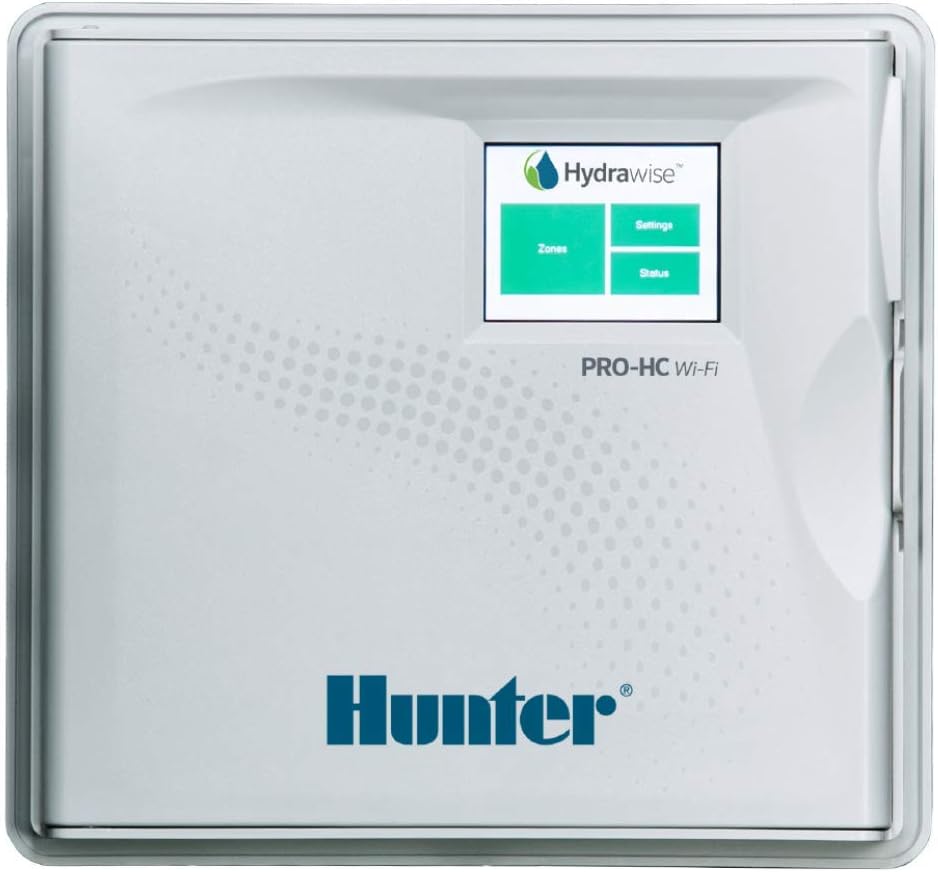The Problem with Manual Lawn Watering
Maintaining a healthy, green lawn is a priority for many homeowners, but traditional watering methods often fall short. Manual lawn watering—whether you’re using a hose, a basic sprinkler system, or a mechanical timer—can be inconsistent, inefficient, and surprisingly wasteful. The biggest issue? It’s not responsive to real-time conditions. You might end up watering during a rainstorm, missing a dry spell, or simply forgetting to turn the system on or off at the right time.
Beyond just inconvenience, manual watering often leads to overwatering or underwatering, which harms both your plants and your wallet. Overwatering can drown plant roots, promote fungal diseases, and contribute to water runoff, which may carry fertilizers and pesticides into storm drains. Underwatering, on the other hand, results in stressed plants, patchy lawns, and brown spots that require more effort to recover.
There’s also the time and mental energy involved in managing a manual watering routine. You need to remember to adjust schedules throughout the year—watering more in the summer and less in the spring and fall—and respond to unpredictable weather changes. This juggling act becomes even more complicated if you travel frequently, have a large yard, or manage multiple garden zones with different watering needs.
In regions where drought restrictions and water conservation rules are enforced, manual watering can also lead to unintentional violations if you’re not keeping close tabs on local guidelines. Over time, this outdated method of lawn care becomes a costly, time-consuming, and environmentally unsound solution.
Enter the smart sprinkler controller: a modern solution designed to eliminate these issues by automating and optimizing your lawn’s watering schedule. With features like weather syncing, app control, and zone customization, smart irrigation systems ensure your garden gets the water it needs—no more, no less.
In the sections ahead, we’ll explore the powerful benefits of smart sprinkler controllers, how to choose the right one for your yard, and which models lead the market in 2025. Whether you’re a gardening novice or a seasoned green thumb, there’s never been a better time to upgrade your irrigation system.




